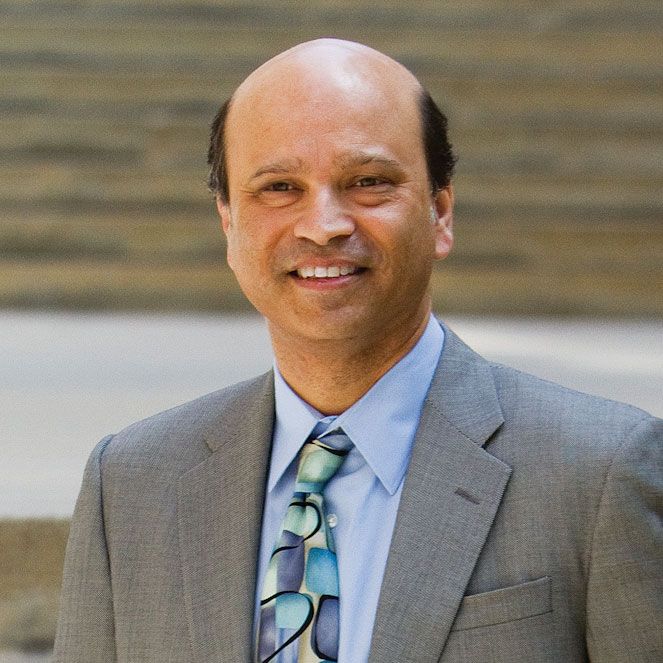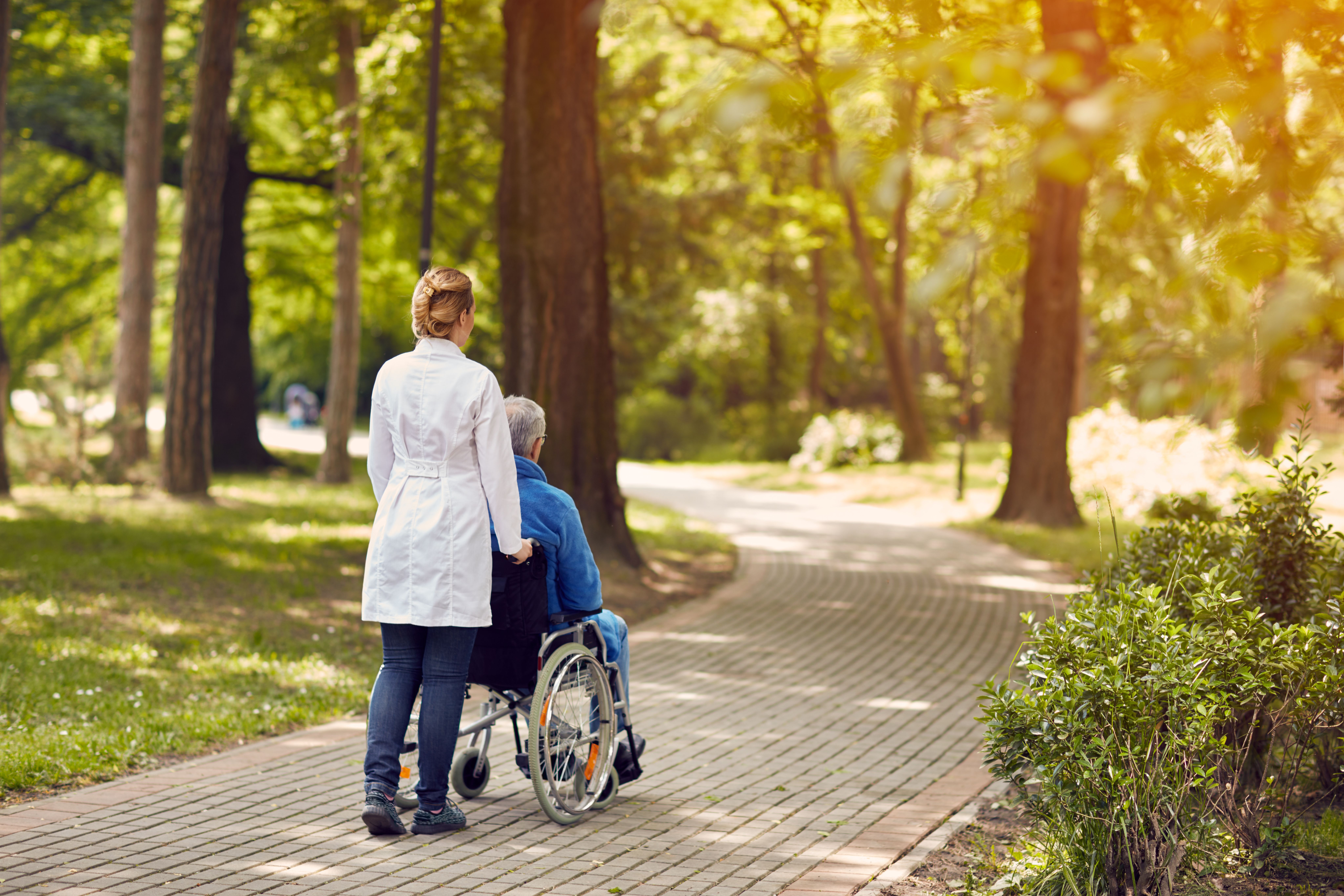Publication
Article
CURE
Dana Farber's Survivorship Clinic
Author(s):
Dana-Farber Cancer Institute’s survivorship clinic.
In 2003, the Perini Family Survivors’ Center was launched at Dana-Farber Cancer Institute as an initiative to bring survivorship issues to all patients—children and adults. Two years later, the Lance Armstrong Foundation chose Dana-Farber’s survivorship clinic to become a Survivorship Center of Excellence.
Housed in the Survivors’ Center, which tends to both short- and long-term emotional and physical effects of cancer and its treatments, the clinic is now one of eight LAF clinics in the country. Each center receives up to $250,000 over five years to fund survivorship programs.
The program at Dana-Farber includes survivorship care, education, and research. LAF funds the clinical piece, which can include infertility, physical issues, secondary cancers, and post-traumatic stress. Dana-Farber and individual research grants fund the center’s survivorship research into issues such as late effects from radiation and chemotherapy, long-term quality of life, and sexual health.
Survivors from around the country come to Dana-Farber’s survivorship center to receive post-treatment care. “People come and see us anywhere from three months to 30 years [after treatment] and anything in between,” says Usha Thakrar, administrator of the adult survivorship clinic.
Every new patient visit and follow-up involves an appointment with a nurse practitioner and a psychosocial provider. Before the appointment, survivors send a copy of their full medical record. The nurse practitioner does a complete review of potential survivorship needs, and survivors leave with a full treatment summary and care plan.
The program is continuing to grow, Thakrar says, but the key to growth in adult survivorship is when it’s closely tied to cancer-specific centers.
“We currently have a free-standing clinic that is not attached to a cancer type, and while there is tremendous value in having that long-term, we need to bring survivorship services into the individual disease centers,” she says, “and then triage people who have more complicated issues to the survivorship clinic.”






